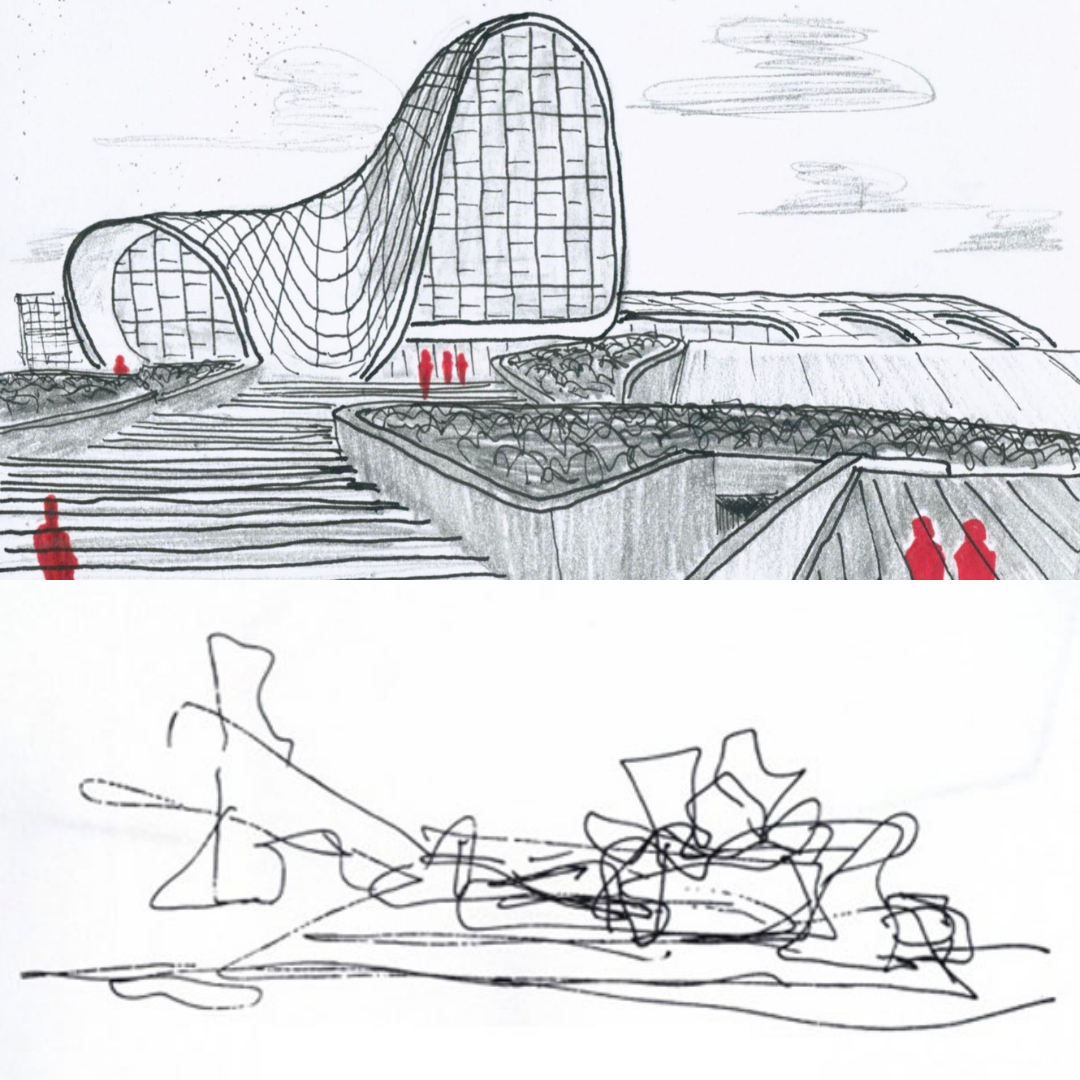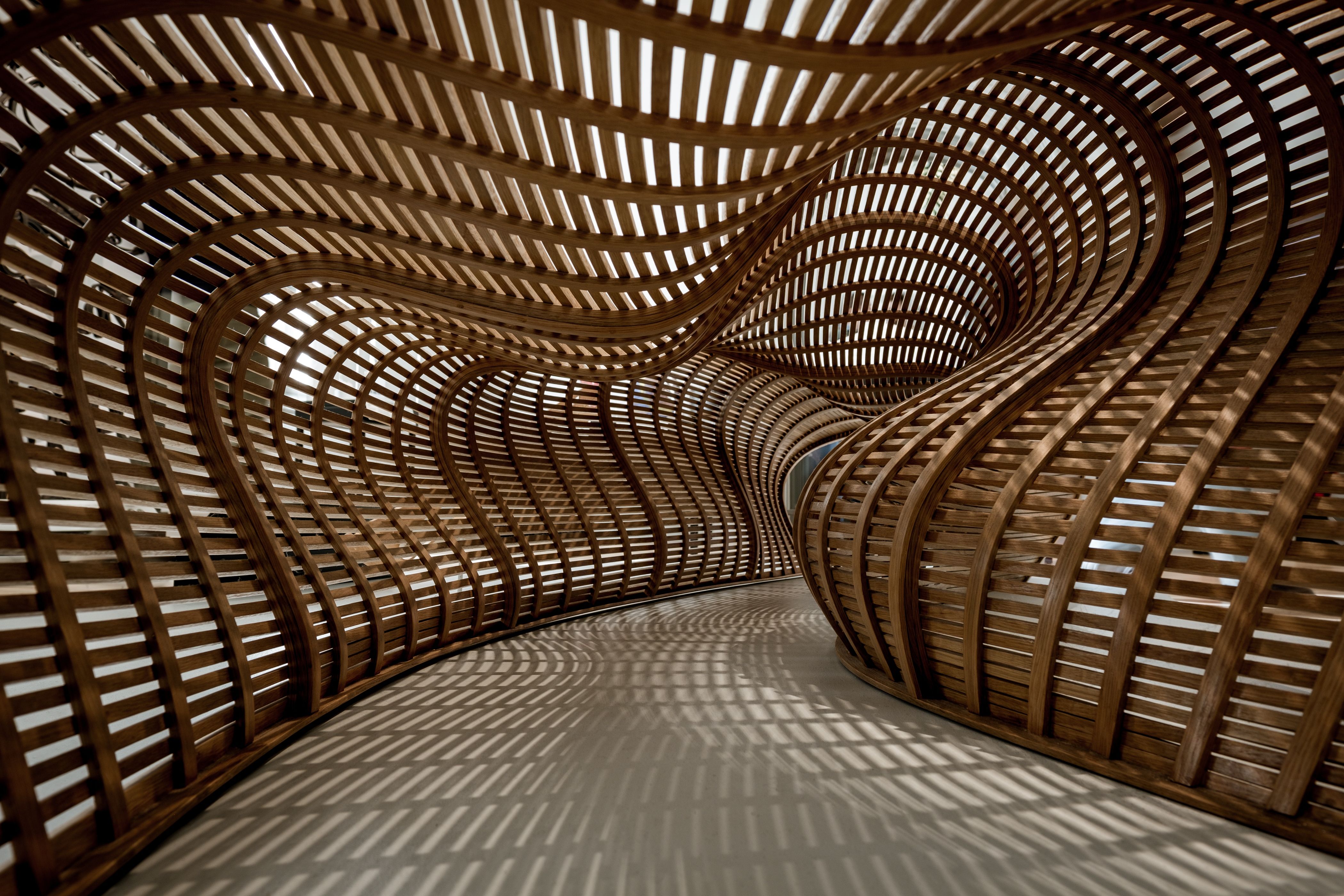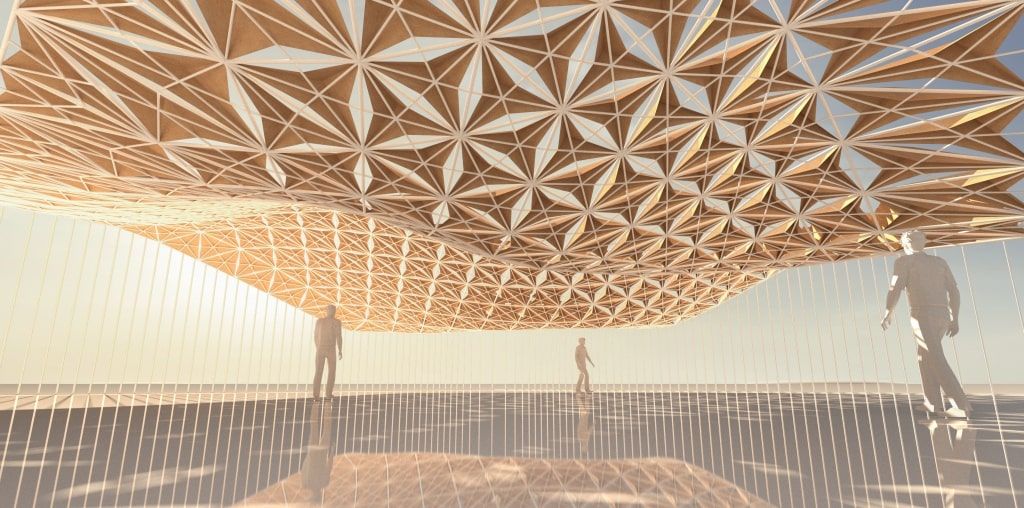Streaming Now – Novatr’s story on The Indian Edtech Story, only on Jio Hotstar.
PROGRAMS
Join thousands of people who organise
work and life with Novatr.
Computational vs Parametric vs Generative Design: Understanding the Similarities and Differences
Sai Sreekar Chebiyyam
09 mins read
February 17
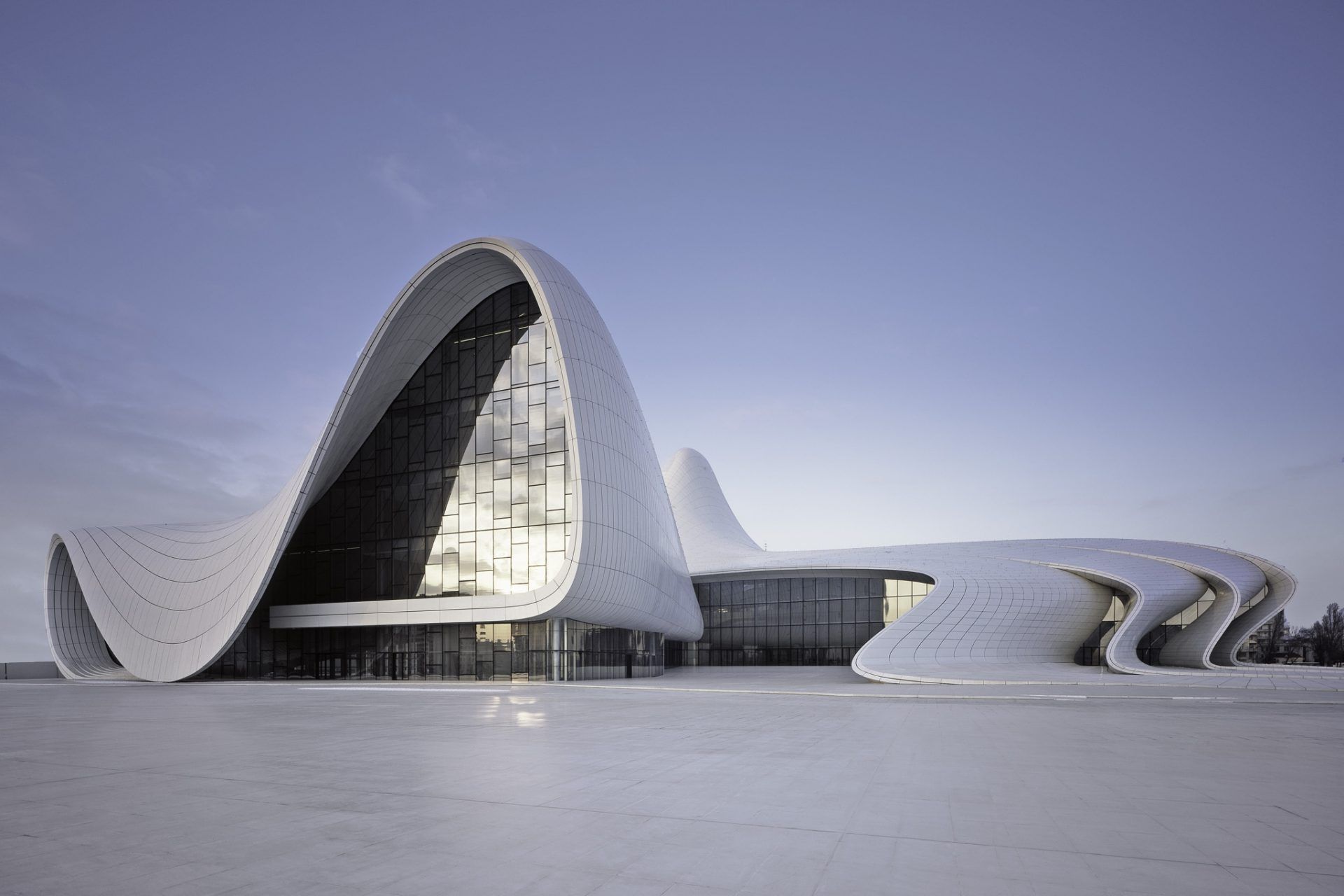
A look at twist-y buildings
The Heydar Aliyev Center in Baku, Azerbaijan, designed by Zaha Hadid, was built to represent fluidity, breaking away from the more ‘rigid’ Soviet architecture. It is more an artistic representation of the country’s aspirations than just a functional space. The Center is said to follow a specific design process called Foldism, with its fundamental concept being a single continuous envelope instead of separate walls and roofs that mimic traditional Islamic patterns.
The Guggenheim Museum in Bilbao, Spain, follows a design technique called deconstructivism, which opposes the ordered rationality of modernism. It strictly rejects linear design process, symmetry, and ornamentation, as can be observed in Gehry's napkin sketch.
For both of these buildings, at the concept stage, there was neither parametric or computational design involved. These techniques came into play only at the stage when ideas had to be manifested as renders.
[Read: 10 Fascinating Projects Created Using Rhino 3D You Need To Know About]
Technical deep dive
Computational or algorithmic design is where a step-by-step mathematical, functional algorithm is made in software like Dynamo, Grasshopper, C#, Python, etc. to define interrelated parameters. One can design both scheme and envelope using the computational process. These scripts are plugged into our usual 3D-modelling software to review the 3D output and further manual modelling. The computational design process ends and parametric design starts once we plugin the optimized or generalized script into our main 3D software.
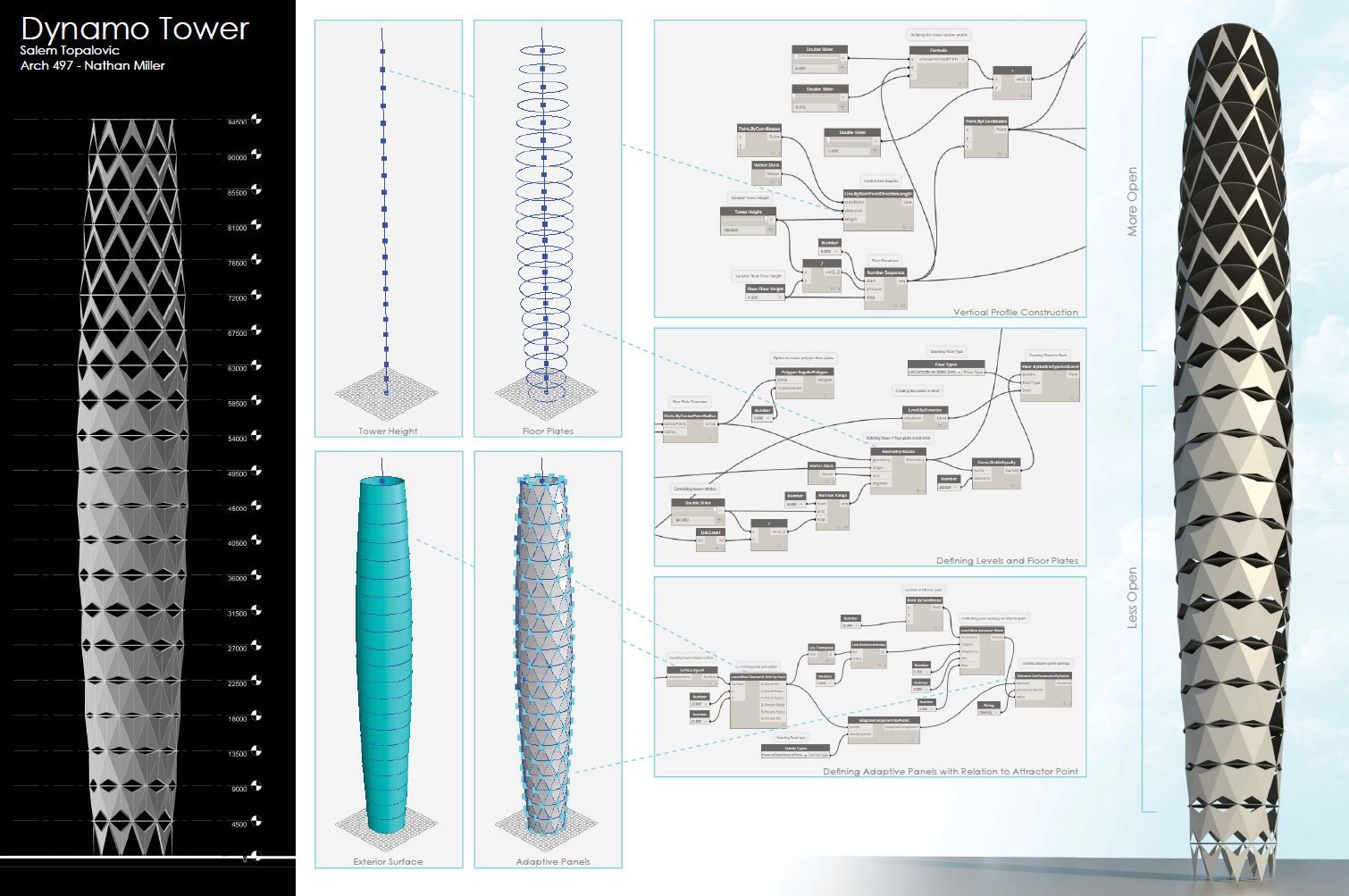
Dynamo script for the envelope by students from the University of Nebraska (Source)
The above graphic shows the visual programming tool Dynamo being used to design the tower’s envelope. Here, parameters are set to modify the openings on the envelope from bottom to top. So the script should have an individual definition for the design of each panel which is further applied to modification based on the floor level.
Parametric design, as the name suggests, is where we play with the parameters we set up in the computational script and conclude with a desirable outcome. It is only possible after an optimized/generalized computational script.

Modification of an envelope's design by changing parameters (Source)
As shown, one can script a perforated envelope to play with the parameters to create different iterations by simply changing the opening and position of the opening parameters. If done manually, experimenting with various iterations would require heavy modelling.

These parameters, on a larger scale, are often the project’s guiding principles. For example, we can script Dynamo to study the expected radiation from the sun and orient the building to the least possible heat gain by updating the respective parameters. Still, this method requires significant time to test the possibilities for a vast project. It is here that generative design comes in.
Watch the video below to understand parametric design better.
Generative design is a relatively new concept. It’s essentially an extension of parametric design wherein the computational part is complex enough to generate all the possible parametric iterations. It even gives us scores of each iteration as per the parameters.
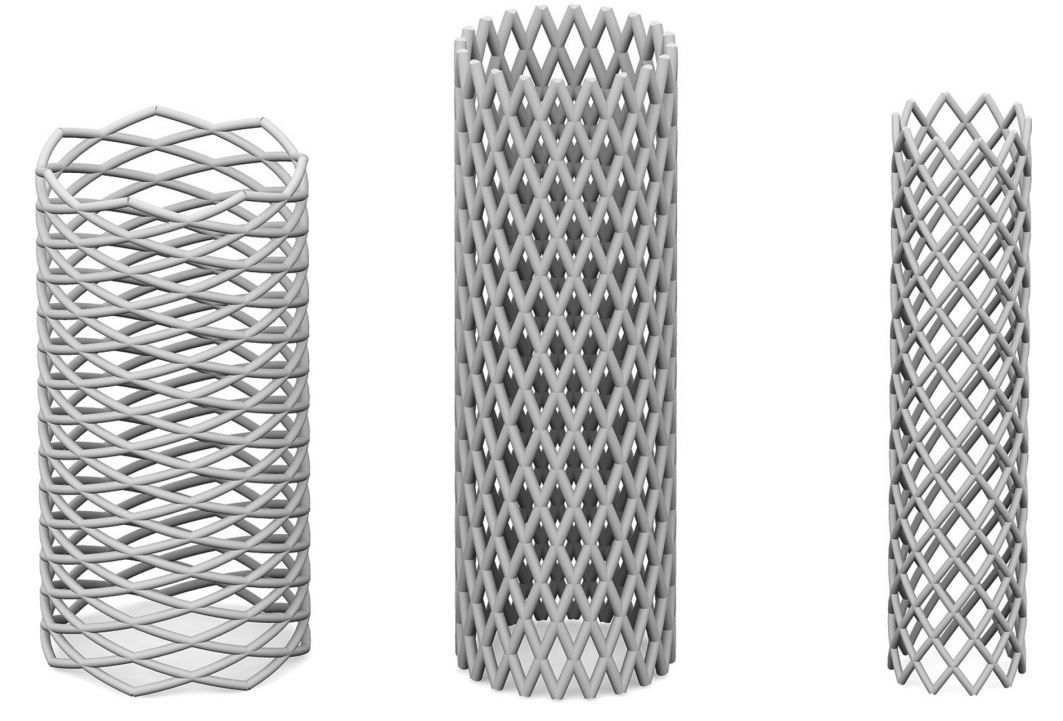
Computer-generated options for a tower’s envelope (Source)
In the above example, we can observe three different iterations based on the script with three other volumetric characteristics. But if we follow the thickness of each member in all three cases, they are the same. So the script would have constrained the thickness of the member and generated various options volumetrically. Through this, one can get a rough idea of what iteration one needs to pursue.
[Read: 8 Awesome Rhino 3D Plugins That Will Change Your Modelling Life]
This ought to make things clear
Let's try to step out of architecture and understand computational, parametric, and generative design more fundamentally.

Customized ice-cream cups (Source)
Step 1: Computational
Let’s say you walk into a self-serve ice-cream parlour. Suppose it had a machine that could make a customized ice-cream serving for you simply by following your instructions, without the involvement of an employee. To get the desired ice-cream cup, you’d be required to convey to the machine the specifications of all possible flavours and toppings. Our computational design script is such a machine. The script is intended to simplify most “manual” work, except for the effort of the person who writes it.
Step 2: Parametric
Now imagine you’d like to have the least-possible calories in your ice-cream serving but also enjoy a chocolate flavour and at least 6 toppings (!). These are our “parameters”. Accordingly, our machine must choose all the lowest-calorie toppings and should also select the chocolate-flavoured ice cream with the fewest calories. Thus, you’ve enabled the calorie and flavour parameters to determine the contents of your final serving. This is analogous to our parametric design process. One has to use both computational and parametric power to achieve the desired result. Note that here, one must set the parameters manually, and each set of parameters will correspond to a different outcome.
Step 3: Generative
Now what if you don’t know which customization to opt for and want to test various ice-cream and topping combinations to make up your mind? Your ice-cream machine needs a way of illustrating the permutations and combinations that are possible with all the various ice cream flavours and toppings so that you can decide which one to get. In this case, the machine would display multiple serving options along with the associated calories, flavours, and toppings. You may then further filter the calorie range, the flavour range, and the possible toppings to get your ideal serving. When this is done, every unique option suggested by the machine would satisfy your selected parameters. You might never have been able to manually calculate all these possibilities in such a short time, and so this generative method is especially helpful if you have to decide from several options.
In the end, even with the help of computers, we are bound to limited options if we opt for the passive design process. Opting for computational design saves designing time by making it easy to visualize what you thought was impossible. Parametric design saves modelling time and gives us a chance to test new possibilities. And generative design gives us a humongous number of options to choose from while saving both designing and modelling time.
[Read: Top 7 Design Professions which use Rhino 3D]
The future is full of possibilities if you’re ready to hop on the digital train. Why not take the first step with Novatr’s Rhino and Grasshopper Certified Course?

Join 100,000 designers who read us every month
